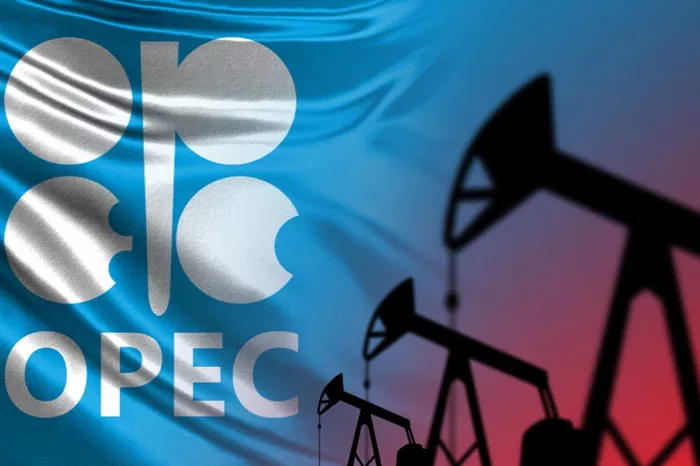In response to a significant drop in oil prices, OPEC+ has agreed to postpone a planned increase in oil production. The decision, which delays a proposed output hike by two months, comes as Brent crude, the global benchmark for oil, fell to a one-year low of below $75 per barrel.
The delay, now pushing the production increase to December, is intended to support oil prices in the short term. By deferring the addition of 180,000 barrels per day initially set for October and November, the Organization of the Petroleum Exporting Countries (OPEC) aims to maintain market balance and avoid creating a surplus.
However, this move is seen as a temporary fix rather than a solution to the underlying issue. With Brent crude prices currently sitting at just above $71.50 per barrel for next year’s delivery, there are concerns that without further action, prices could continue to decline. The flattening price curve suggests that traders are anticipating an oversupply in the market.
OPEC+ faces a critical decision in the coming months. To achieve higher oil prices in 2025, the group will need to implement more substantial production cuts. Without such measures, the risk of further price drops remains high. As it stands, the group is not prepared for deeper cuts, and internal disagreements are evident. Saudi Arabia, which favors higher prices despite lower production, is at odds with other member countries who are wary of losing market share.
The current agreement to delay production increases reflects ongoing divisions within the cartel. Saudi Arabia is struggling to manage compliance among other members, including the United Arab Emirates, Iraq, and Kazakhstan, who have been exceeding their production quotas.
Despite the current low prices, which are comparable to those from two decades ago when adjusted for inflation, Saudi Arabia is producing less oil than it did in 2004. The situation is expected to persist, with global demand likely to wane in the coming weeks as seasonal consumption declines and non-OPEC production rises.
Looking ahead to early 2025, OPEC+ will need to reduce output significantly to prevent a build-up in crude stockpiles, which could further depress prices. Analysts warn that oil prices could fall below $70 per barrel, with some predictions suggesting a risk of dropping to $50.
The delay in production increases also highlights the internal challenges facing OPEC+. Reports indicate that member countries, including Saudi Arabia, the UAE, Iraq, and Russia, are struggling to align their strategies, despite public statements of unity.
The group’s cautious approach may provide temporary relief but does not address the potential surplus anticipated for the first half of 2025. OPEC+ will need to reassess its strategy by December, possibly adjusting its production plans based on the outcome of the upcoming U.S. presidential election, which could influence global energy policies.
As the situation evolves, OPEC+ will need to navigate a complex landscape of internal disagreements and external market pressures. The group’s next steps will be crucial in determining the future trajectory of oil prices.
Related topic:

